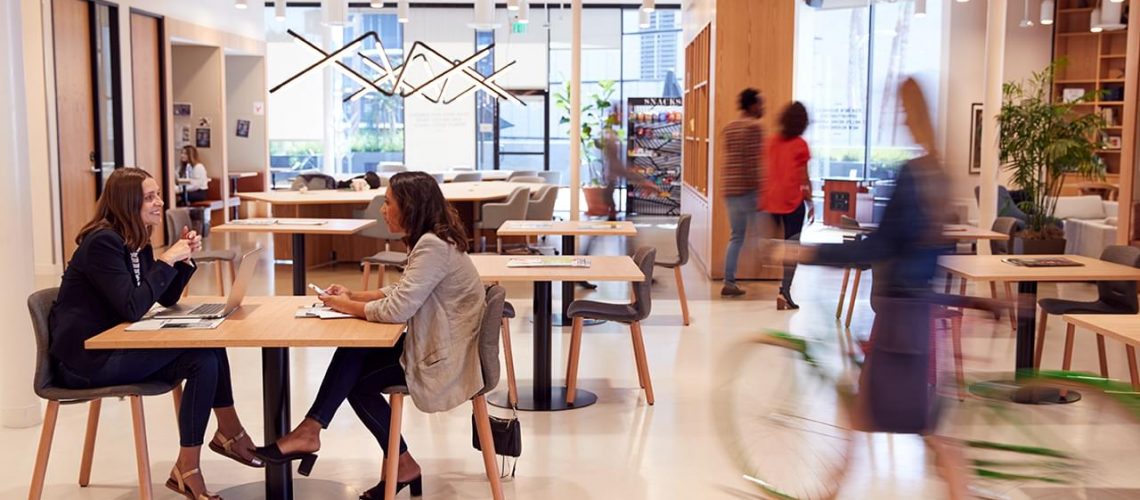When I first started my business, I went to the bank for a business loan. Simple enough, right? I had my business plan in order, an itemized list of everything that I would need to successfully run my business, and all the necessary documents. To put it plainly, I was turned down. Why? Not because I did not have the credit to back it up, or did not have a good business plan. The reason the bank man gave me was “because I did not understand that over 90% of businesses fail within the first year and that I was not prepared in case of mine did.
While I understand he was attempting to look out for my best interest, I felt cheated. He was not even going to give me the opportunity to fail. On some level, everyone that goes into business for themselves understands that chances are, the business will not make it past its first year, and I was no different. The only thing was I had faith in myself that I would not give up trying. The loan processor took that as I would spend my life savings before giving up, and he did not want to see me financially ruin myself.
So what did I do? I set out on the adventure on my own, only using the limited resources and financial backing that I had. I bought second hand office supplies and furniture. I bought the small cheap laptop instead of the multi-thousand dollar computer specifically designed for what I would be doing. Without the proper money for advertising, I had to get creative. My advertising methods was unconventional, but they worked. I found that I did not need large amounts of money in order to get my business to the world.
So would I have been so successful had the loan processor gave me the business loan I asked for? I am not sure, because after all, I made it without the money, what would have happened if I would have had the proper money for advertising? Whatever the case may have been, I am glad he did not, because I am not better able to understand the limited resources that many small businesses face.
So how can you run your business on limited resources? Here are a few things that I learned along the way.
1) New vs. Used-
When starting your business, you do not need everything to be “new.” Second hand items cost substantially less then new items, and work just as well. Plus, if you think about it, customers will be more comfortable around your office if it feels “broke-in”, rather then new and sterile. It gives them the feeling that you have been in business awhile.
2) Creative Advertising-
You do not need the hundreds of dollars that it takes to place ads in papers or put commercials on TV. It costs very little to design and print you own flyers and put them in places where your potential clients would gather. Turn your vehicle into a moving billboard by investing in a vinyl signage for your doors or windows. The best thing? Face to Face meetings with your potential clients do not cost a penny, so look for every opportunity to talk with our potential clients.
3) Work At Home-
Depending on your type of business, you may consider working at home rather then renting office space. This will save you a lot of money on rent and furnishing an office. Once your business becomes more successful, then you can always rent office space later.
Overall, be thankful for the struggles that you go through now, because in the future, they will have been well worth it. Plus, it will give you a better understanding when it comes to other small businesses.
And, no matter what, never give up on yourself.

